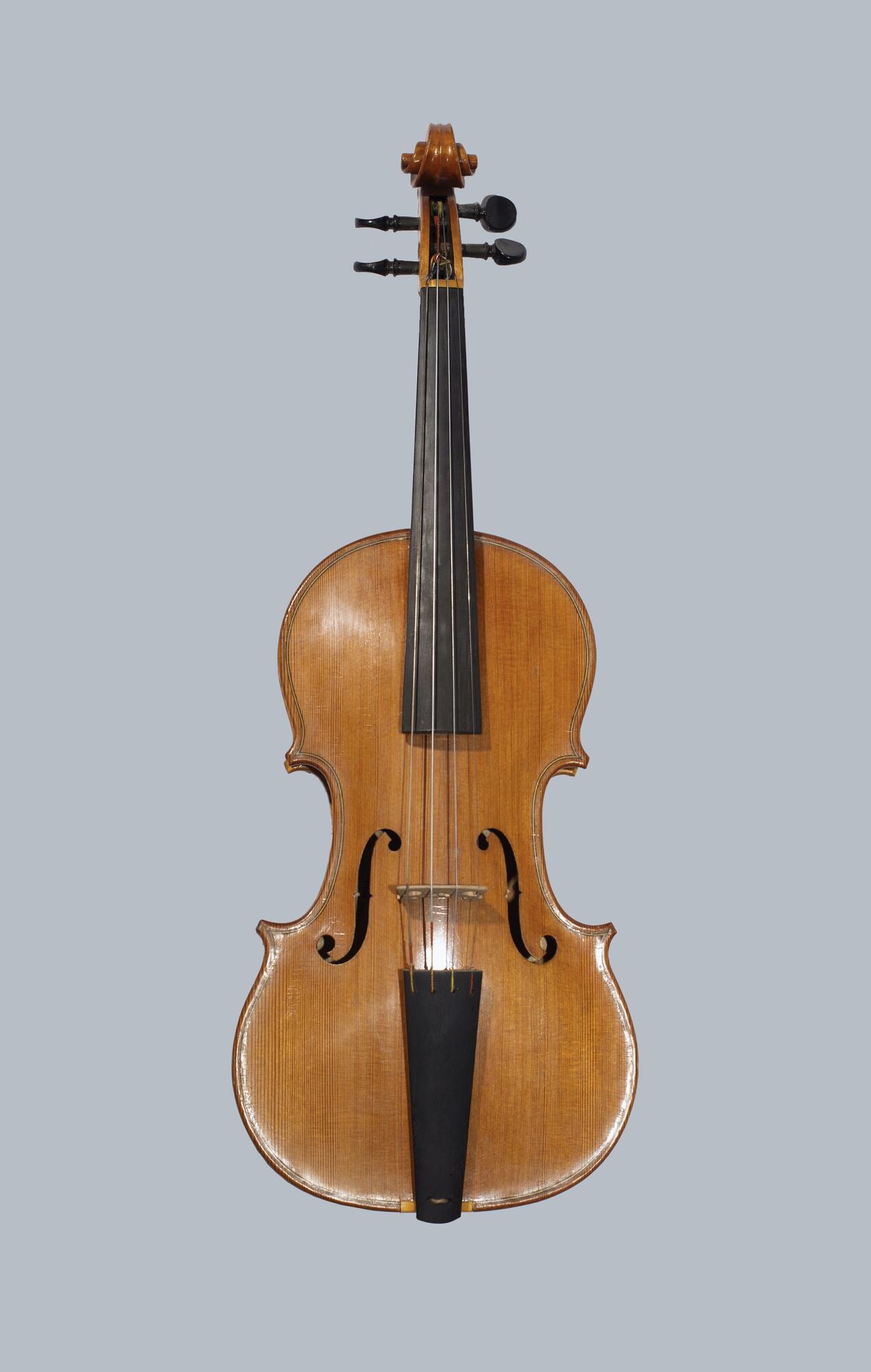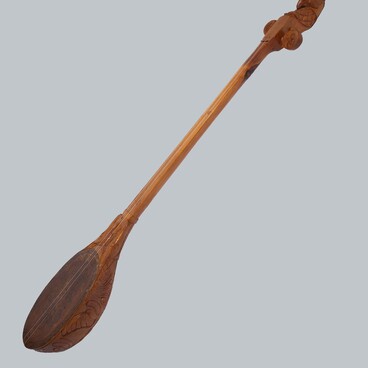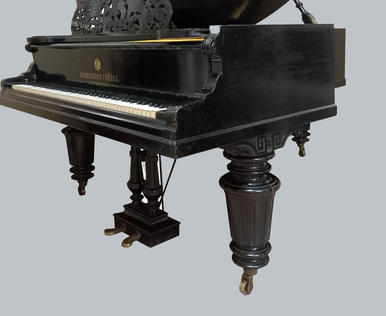Nikolaus Harnoncourt, an Austrian writer and pioneer of Historically Informed Performance, wrote, “For the sake of the soloist, the Baroque period broke the barriers imposed on each instrument by nature. Like no other musical instrument, the violin embodies the spirit of the Baroque age.”
The development of the Baroque violin started in the 16th century, and different craftsmen designed their own versions of the instrument. The design became fairly consistent only by the 1660s.
In the early 17th century, Giovanni Paolo Cima composed his first sonatas for solo violin. Ensemble music gave way to monody — instrumental solo music or singing with instrumental accompaniment. According to Nikolaus Harnoncourt, “music took on the character of a dialog, and all music instructors of the Baroque age demanded, above all, a ‘speaking’ manner of playing.”
The Baroque violin is distinguished from the traditional violin by its thicker and wider fingerboard, shortened at the bottom, as well as the size and appearance of the bass bar and tailpiece. The violin’s “waist” is formed by two concave C-bouts. The instrument does not have a chin rest or bridge; the hair tension is adjusted using a screw mechanism that came into use by the end of the 18th century (until then, musicians used “clip-in” models).
Baroque violins were almost always fitted with gut strings, and the bow was typically made from strong snakewood and horsehair. Bows of the early 17th century were used interchangeably between violins and viols.
Baroque violin music came into fashion in the 1950s and 1960s. In the absence of old recordings, musicians attempted to learn the techniques of the past centuries based on written sources. This practice is referred to as Historically Informed Performance.
The same time, the middle — second half of the 20th century, was marked by an increased demand for authentic instruments. In 1998, Barnaul Music College acquired the displayed instrument for its students to learn to play and use in concerts. The instrument was used at concerts of the “Ars longa” ensemble led by Vladimir Anisimov, an Altai popularizer of music of the 16th–18th centuries.
The violin, made by the craftsman Victor Nikiforov,
was played by Anna Merkulova, a member of the ensemble, a graduate of Barnaul
Music College, nowadays recognized as a well-known Russian and Swiss violinist.


